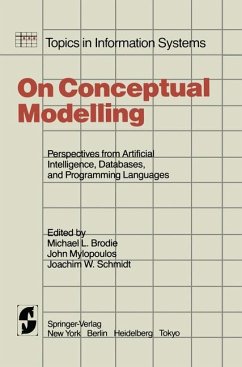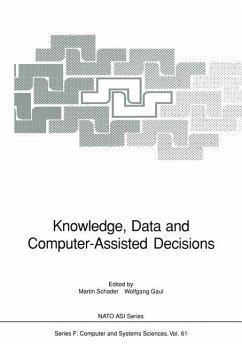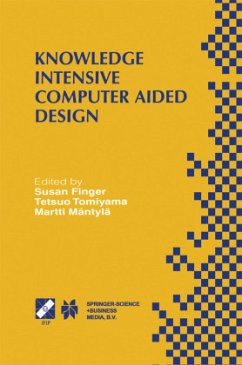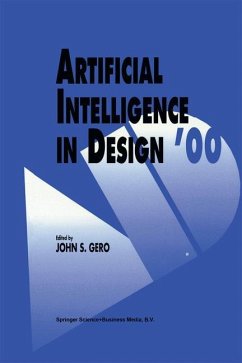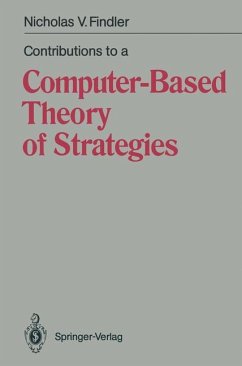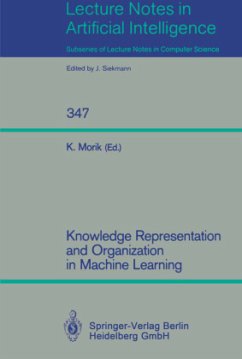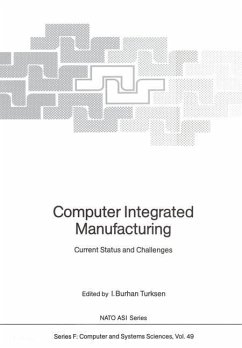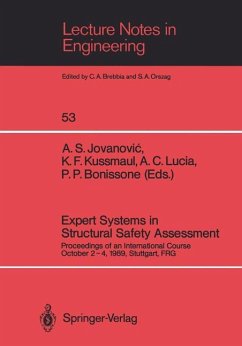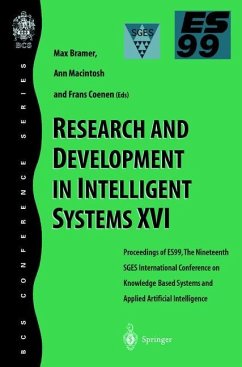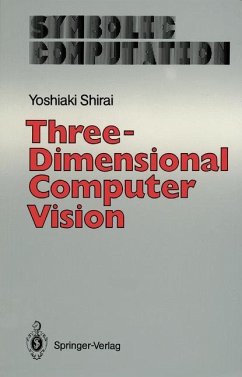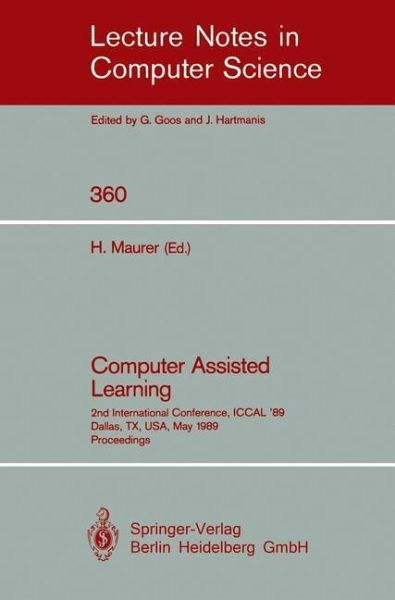
Computer Assisted Learning
2nd International Conference, ICCAL '89, Dallas, TX, USA, May 9-11, 1989. Proceedings
Herausgegeben: Maurer, Hermann
Versandkostenfrei!
Versandfertig in 1-2 Wochen
39,99 €
inkl. MwSt.

PAYBACK Punkte
20 °P sammeln!
ICCAL '89 is the second in a series of International Conferences on Computer Assisted Learning. The first one was organized by the Institute for Computer Assisted Learning (ICAL) of the University of Calgary, May '87. The success of this first ICCAL demonstrated the need for a regular international, high-caliber conference on post-secondary education which brings together an expanded list of issues concerning computer learning. The coherency of the ICCAL conference series is assured by an international steering committee, and a group of experts in the field acting as the advisory board. This v...
ICCAL '89 is the second in a series of International Conferences on Computer Assisted Learning. The first one was organized by the Institute for Computer Assisted Learning (ICAL) of the University of Calgary, May '87. The success of this first ICCAL demonstrated the need for a regular international, high-caliber conference on post-secondary education which brings together an expanded list of issues concerning computer learning. The coherency of the ICCAL conference series is assured by an international steering committee, and a group of experts in the field acting as the advisory board. This volume consists of about forty papers selected by the program committee from one hundred submissions. It also includes printed versions of a number of invited presentations by outstanding scholars in the field.





